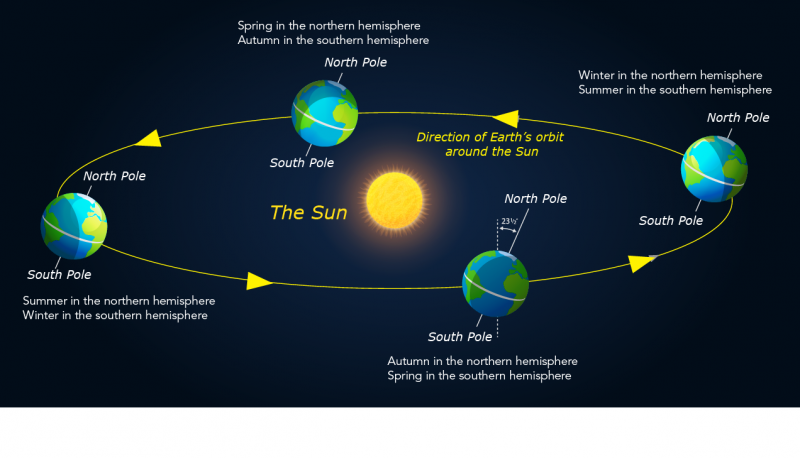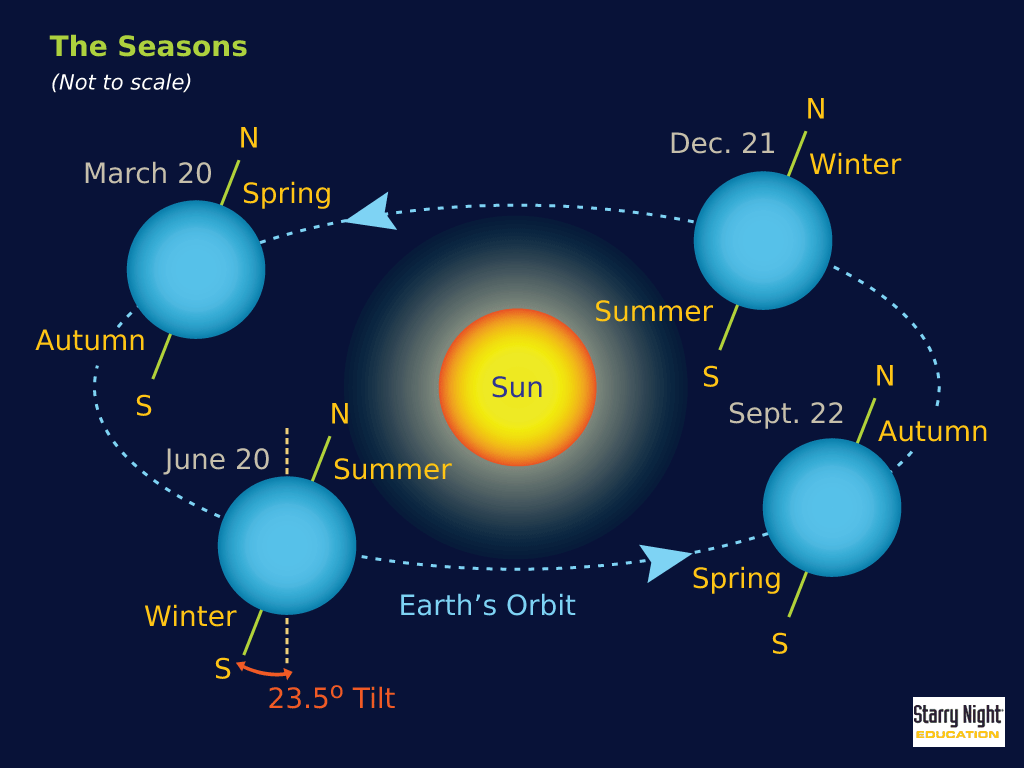Seasons in the northern and southern hemispheres are reversed meaning christmas in the southern hemisphere is in the middle of summer

Seasons in the Northern and Southern Hemispheres: A Reversal of Climatic Patterns
 Image Source: letstalkscience.ca
Image Source: letstalkscience.ca
Just picture this: while people across the Northern Hemisphere are wrapping themselves up in cozy sweaters, sipping hot cocoa, and delighting in the festive spirit of Christmas, individuals in the Southern Hemisphere are donning their swimsuits, basking in the warm sun, and celebrating Christmas in summer. Yes, you read that right – seasons in the Northern and Southern Hemispheres are reversed!
What Causes the Reversal of Seasons?
The Earth is like a colossal top spinning in space, tilted on its axis at approximately 23.4 degrees. As our planet orbits the sun, this tilt causes each hemisphere to lean either towards the Sun (summer) or away from it (winter) at different times throughout the year. The changing tilt of the Earth results in the reversal of seasons between the Northern and Southern Hemispheres.
 Image Source: starrynighteducation.com
Image Source: starrynighteducation.com
Winter Wonderland vs. Summertime Christmas
In the Northern Hemisphere, winter officially begins around December 21st, creating a magical wonderland of snow-covered landscapes, icy breaths, and festive celebrations. However, just a few thousand miles away in the Southern Hemisphere, December 21st marks the beginning of summer. While people in the Northern Hemisphere are bundled up in layers, residents of the Southern Hemisphere are swapping snow boots for flip-flops and embracing the warmest season of the year.
For citizens living south of the equator, Christmas brings visions of barbecues, beach excursions, and outdoor festivities. Instead of cozying up by the fireplace, they might enjoy a nice swim in the pool or a cricket match on the beach. The holiday vibes in the Southern Hemisphere are synonymous with sun-soaked days, vibrant colors, and a distinctly different kind of Christmas cheer.
Impacts on Cultural Traditions
The reversal of seasons in the hemispheres has a profound impact on cultural traditions, especially during holiday seasons like Christmas. In the Northern Hemisphere, the image of Santa Claus is often associated with snowy landscapes and sleigh rides, while in the Southern Hemisphere, Santa Claus is portrayed surrounded by palm trees and lounging in summer attire. This contrast in imagery reflects the contrasting climates experienced during these festive periods.
Moreover, the food served during traditional holiday meals also adapts to the climate. While roast turkeys, warm pies, and hot beverages dominate Northern Hemisphere Christmas dinners, those in the Southern Hemisphere might savor seafood barbecues, fresh salads, and plenty of chilled beverages to beat the heat.
Appreciating the Beauty of Diversity
The reversal of seasons between the Northern and Southern Hemispheres showcases the incredible diversity and beauty of our planet. Imagine if our entire Earth experienced the same season simultaneously—our world would lack the vibrant array of experiences, traditions, and ecosystems that mesmerize us. It is this diversity that truly sets our planet apart and enriches our understanding of nature and the human experience.
As the Earth continues its never-ending orbit around the sun, let us appreciate the marvels of our world’s climatic diversity. From snowfall in winter wonderlands to beach parties during summertime Christmas celebrations, each hemisphere offers its unique perspective on the changing seasons. So, whether you find yourself bundled up in blankets or reaching for the sunscreen this Christmas, remember that the beauty of our world lies in its glorious contrasts.
References
Tags
Share
Related Posts
Quick Links
Legal Stuff

